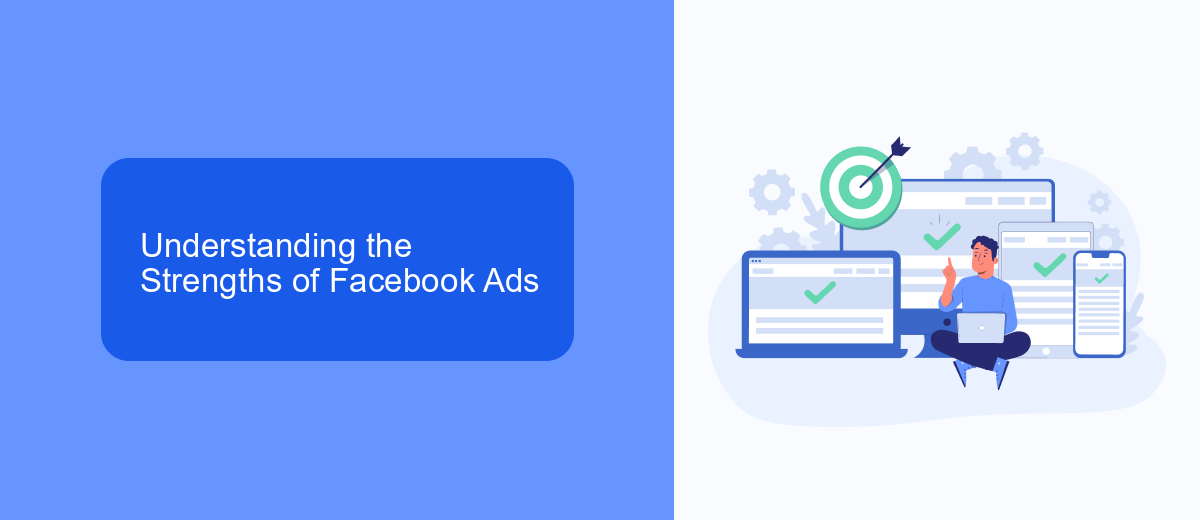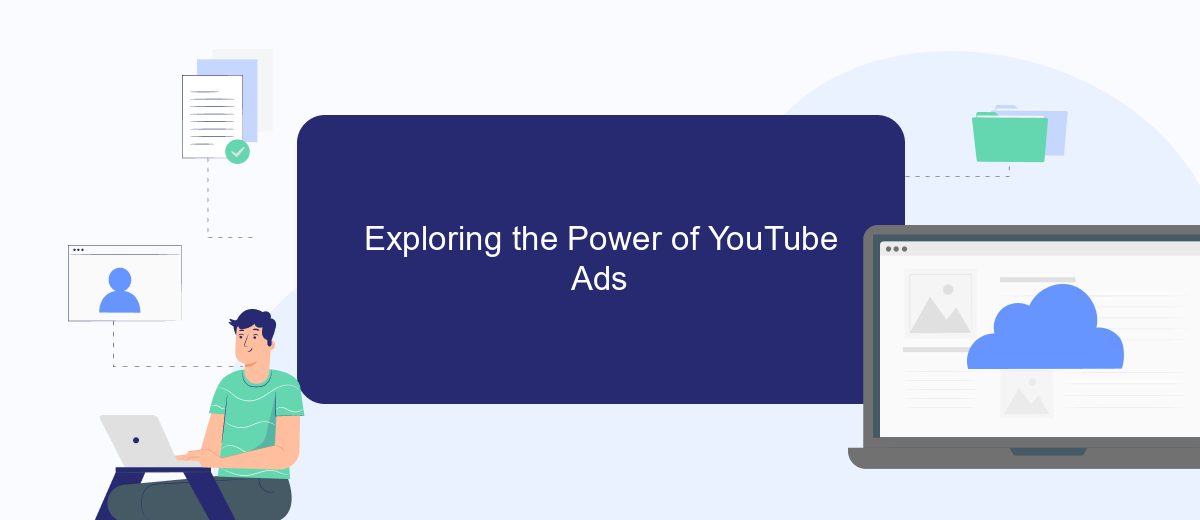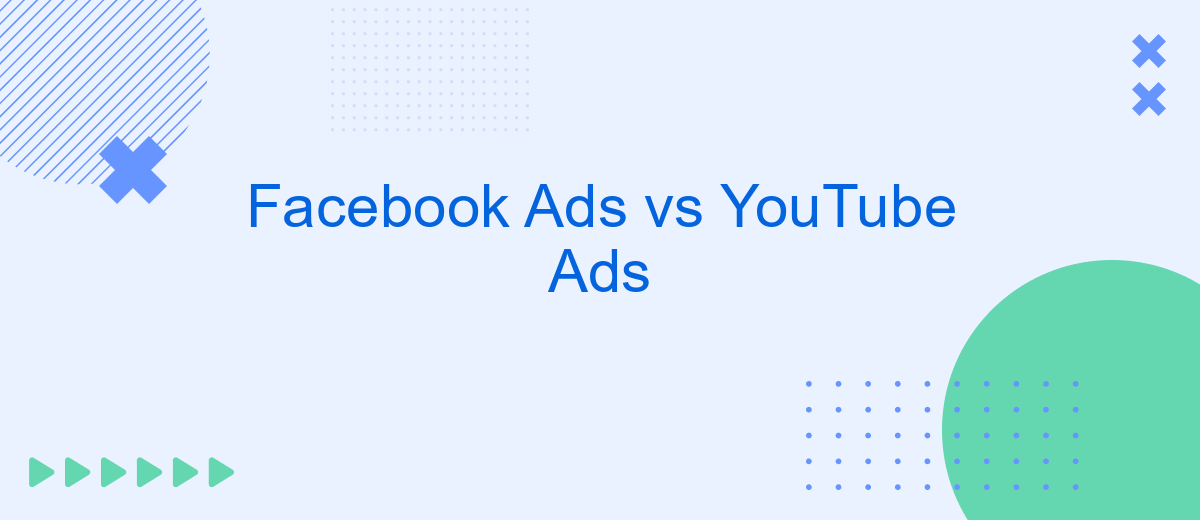In the ever-evolving landscape of digital marketing, businesses are constantly seeking the most effective platforms to reach their target audience. Facebook Ads and YouTube Ads stand out as two of the most powerful tools available today. Each platform offers unique advantages, catering to different marketing goals and audience behaviors. This article explores the key differences, benefits, and considerations when choosing between Facebook Ads and YouTube Ads for your advertising strategy.
Introduction: Facebook Ads vs. YouTube Ads - Which Platform is Right for You?
In the ever-evolving landscape of digital marketing, choosing the right advertising platform can significantly impact your business's success. Facebook Ads and YouTube Ads are two of the most prominent options available, each offering unique advantages and targeting capabilities. Understanding the differences between these platforms is crucial for optimizing your marketing strategy and reaching your target audience effectively.
- Audience Targeting: Facebook Ads provide detailed demographic, interest, and behavior targeting, while YouTube Ads leverage Google's search data for precise audience reach.
- Ad Formats: Facebook offers a variety of ad formats, including image, video, carousel, and collection ads, whereas YouTube focuses primarily on video ads, such as skippable and non-skippable ads.
- Engagement: Facebook excels in fostering community engagement and interaction, while YouTube is ideal for storytelling and capturing audience attention through video content.
Determining the right platform for your business depends on your specific goals, budget, and target audience. By evaluating the strengths of Facebook Ads and YouTube Ads, you can make an informed decision that aligns with your marketing objectives and maximizes your return on investment.
Understanding the Strengths of Facebook Ads

Facebook Ads offer a unique advantage through their robust targeting capabilities. With access to a vast amount of user data, advertisers can create highly specific audience segments based on demographics, interests, and behaviors. This level of precision ensures that ads reach the most relevant users, maximizing engagement and conversion rates. Additionally, Facebook's retargeting options allow businesses to reconnect with users who have previously interacted with their brand, further enhancing the effectiveness of ad campaigns.
Another strength of Facebook Ads is the platform's integration with various tools and services that streamline marketing efforts. For instance, SaveMyLeads enables seamless integration of Facebook Ads with CRM systems and other applications, automating the lead generation process. This not only saves time but also ensures that businesses can quickly respond to potential customers. Moreover, Facebook's diverse ad formats, such as video, carousel, and collection ads, offer creative flexibility, allowing brands to tailor their message to different audiences and objectives.
Exploring the Power of YouTube Ads

YouTube Ads have become an essential tool for businesses aiming to reach a vast and diverse audience. With over two billion logged-in monthly users, YouTube provides an unparalleled platform for video advertising. The ability to target specific demographics, interests, and behaviors makes YouTube Ads a powerful mechanism for engaging potential customers. Moreover, video content is inherently more engaging than static images or text, allowing brands to convey their message more effectively.
- Targeting Options: YouTube offers robust targeting options, including demographic filters, interests, and custom intent audiences.
- Ad Formats: Various ad formats such as skippable ads, non-skippable ads, bumper ads, and display ads cater to different marketing objectives.
- Measurable Impact: YouTube provides detailed analytics to track ad performance, enabling advertisers to optimize their campaigns for better results.
In conclusion, YouTube Ads offer a dynamic and effective way to reach a global audience. By leveraging advanced targeting options and diverse ad formats, businesses can enhance their brand visibility and drive conversions. The platform's comprehensive analytics further empower marketers to refine their strategies, ensuring a high return on investment.
Head-to-Head Comparison: Reach, Targeting, Engagement, and Cost

When comparing Facebook Ads and YouTube Ads, both platforms offer unique advantages and challenges. Facebook Ads are known for their extensive reach, tapping into a global audience of over 2.8 billion monthly active users. This makes it a powerful tool for brands looking to connect with a diverse and widespread audience. On the other hand, YouTube Ads benefit from the platform's massive video consumption, with users watching over a billion hours of video daily, providing an engaging environment for video-centric campaigns.
Targeting capabilities are crucial in digital advertising, and both platforms excel in this area. Facebook Ads utilize advanced algorithms to offer detailed targeting options based on user demographics, interests, and online behavior. YouTube Ads, powered by Google, leverage search history and viewing habits to deliver highly targeted ads to users. Both platforms allow advertisers to reach specific audiences effectively.
- Reach: Facebook offers broader audience reach, while YouTube has a more video-focused audience.
- Targeting: Both platforms provide robust targeting, with Facebook emphasizing social data and YouTube leveraging search behavior.
- Engagement: YouTube often sees higher engagement rates due to video content, but Facebook excels in interactive ad formats.
- Cost: Costs can vary widely depending on the campaign goals and competition, with Facebook generally offering more budget-friendly options.
Ultimately, the choice between Facebook Ads and YouTube Ads depends on the brand's specific goals and target audience. Both platforms have strengths that can be leveraged to create impactful advertising campaigns, making them valuable tools in a marketer's arsenal.
Conclusion: Choosing the Best Platform for Your Advertising Goals
When deciding between Facebook Ads and YouTube Ads, it's essential to align your choice with your advertising goals. Facebook Ads offer robust targeting capabilities, allowing advertisers to reach specific demographics with precision. This platform is ideal for businesses aiming to engage users through interactive content and foster community engagement. Moreover, Facebook's integration with services like SaveMyLeads can streamline lead management, making it easier to convert interactions into sales.
On the other hand, YouTube Ads excel in delivering visually engaging content to a broad audience. If your objective is to enhance brand awareness through captivating video storytelling, YouTube provides the perfect canvas. Its extensive reach and diverse ad formats cater to businesses looking to make a memorable impact. Ultimately, the choice between these platforms should be guided by your campaign objectives, target audience, and the type of content you wish to promote. By evaluating these factors, you can select the platform that best aligns with your advertising strategy, ensuring optimal results.
FAQ
What are the main differences between Facebook Ads and YouTube Ads?
Which platform is more cost-effective for advertising?
How can I track the performance of my ads on these platforms?
What types of ads perform best on Facebook and YouTube?
Can I integrate my ad data with other marketing tools?
Use the SaveMyLeads service to improve the speed and quality of your Facebook lead processing. You do not need to regularly check the advertising account and download the CSV file. Get leads quickly and in a convenient format. Using the SML online connector, you can set up automatic transfer of leads from Facebook to various services: CRM systems, instant messengers, task managers, email services, etc. Automate the data transfer process, save time and improve customer service.
